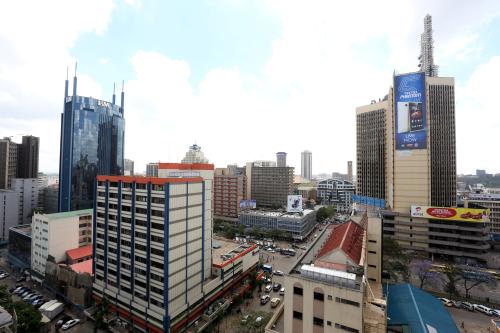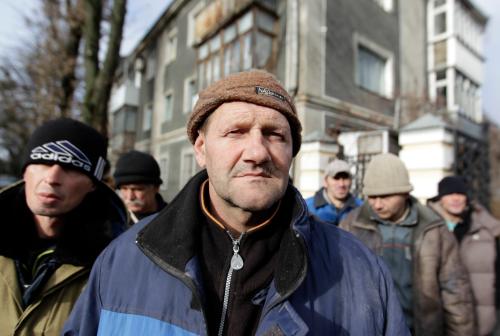The OECD recently released the report, “Social Protection in East Africa: Harnessing the Future,” with a specific focus on Zambia, Kenya, Tanzania, Uganda, Ethiopia, and Mozambique. The report aims to inform social protection policy formulation in light of anticipated changes in the region, including rapid urbanization, climate change, and population growth.
The report states that in the period leading up to 2050, the studied East African countries (which, according to the report, constitute the least urbanized region in the world) will experience rapid urbanization (Figure 1.12) and that this urbanization could result in reduced poverty levels if there is social protection customized for and extended to poor people in urban areas. According to the report, the general higher mobility of individuals and greater fluctuations in income in urban areas make extending social protection in urban areas difficult. The suggestion is, therefore, to focus social protection in urban areas to ensure ease of access to social services in order to to allow urban populations to continue to be economically active.
Currently, all six countries remain largely rural, with Ethiopia and Tanzania having the largest rural populations. Compared to other developing regions of the world, such as North Africa and Latin America and the Caribbean, it is anticipated that sub-Saharan Africa will experience greater urbanization in the period between 2020 and 2050 (Figure 1.11) while rural communities will also grow but at a slightly lesser though steadier rate compared to urban ones.
Projections (Figure 1.13) indicate that Tanzania and Zambia will experience the highest level of urbanization in 2050 while Ethiopia and Uganda will remain predominantly rural societies.
Notably, in the six East African countries, the poverty levels in rural areas are greater than those in urban areas (Figure 1.14). Several studies cited in the report highlight that in sub-Saharan Africa rural areas tend to have higher poverty rates in urban areas and that higher levels of urbanization are linked to lower poverty and higher GDP rates globally. Given the relationship between urbanization and poverty reduction, the report suggests that urbanization could, on the whole, accelerate the reduction of poverty levels in these countries. The report is, however, quick to caution that rapid urbanization will not necessarily promote poverty reduction, particularly if certain issues are not addressed.
Issues needing particular attention in East Africa include infrastructure development, provision of basic services, and governance. In the six countries, there are already major housing issues: For example, Mozambique registers the highest proportion of slum dwellers in the region, at 80.5 percent of the urban population. Informal settlements have poor or no access to necessary resources and sound infrastructure and result in a shift of poverty levels from rural areas to urban areas. The report therefore recommends introducing social assistance programs (which are currently focused on rural populations) in urban areas to mitigate the effects of urbanization.
The report’s further recommendations regarding social protection programs call for ensuring adequate financing of social protection; using social protection to promote individual and economy-wide productivity gains; tailor-making social protection programs for women’s empowerment; placing climate change at the fore of adoption of social protection programs; progressively enhancing the statistical basis for social protection policy; placing social protection at the fore of poverty reduction strategies; creating innovative and flexible insurance policies for the informal workforce; and investing in public works programs to accommodate the growing workforce population.









Commentary
Figure of the week: Urbanization, poverty, and social protection in East Africa
September 1, 2017